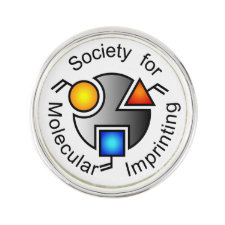
Authors: Hussain S, Abbas Zaidi S, Vikraman D, Kim HS, Jung J
Article Title: Facile preparation of tungsten carbide nanoparticles for an efficient oxalic acid sensor via imprinting.
Publication date: 2020
Journal: Microchemical Journal
Volume: 159
Article Number: 105404.
DOI: 10.1016/j.microc.2020.105404
Alternative URL: https://www.sciencedirect.com/science/article/pii/S0026265X20320075
Abstract: Efficient tungsten carbide (W2C) nanoparticles were successfully prepared via a facile chemical reduction method. Structural confirmation studies were performed using spectroscopy and microscopy studies. The drop-casted W2C nanoparticles on glassy carbon electrode (GCE) used for the fabrication of molecularly imprinted polymer (MIP) using oxalic acid (OA) in the presence of dopamine as a functional monomer through self-polymerization. For the first time, fabricated MIP-W2C/GCE sensor used for the electrochemical detection of OA, a reliable kidney stone marker. The different loading mass of W2C nanoparticles and thickness of MIP layer were used to investigate its electrochemical activity towards the OA sensor. The developed MIP-W2C/GCE sensor operated in an extensive concentration level of 0.1 nM-100 μM, and it offered an LOD of 0.04 nM with an excellent regression coefficient of 0.998, good reproducibility which proved from the four different sensors (RSD - 2.8%), and retained nearly 94% of its initial activity even after 35 days. The prepared sensor also successfully demonstrated its capability to detect OA in the real urine samples with the recovery range of 98.03-100.24 %
Template and target information: oxalic acid, OA
Author keywords: W2C nanoparticles, molecular imprinting polymer, Oxalic Acid, Electrochemical sensor



Join the Society for Molecular Imprinting

New items RSS feed
Sign-up for e-mail updates:
Choose between receiving an occasional newsletter or more frequent e-mail alerts.
Click here to go to the sign-up page.
Is your name elemental or peptidic? Enter your name and find out by clicking either of the buttons below!
Other products you may like:
 MIPdatabase
MIPdatabase









